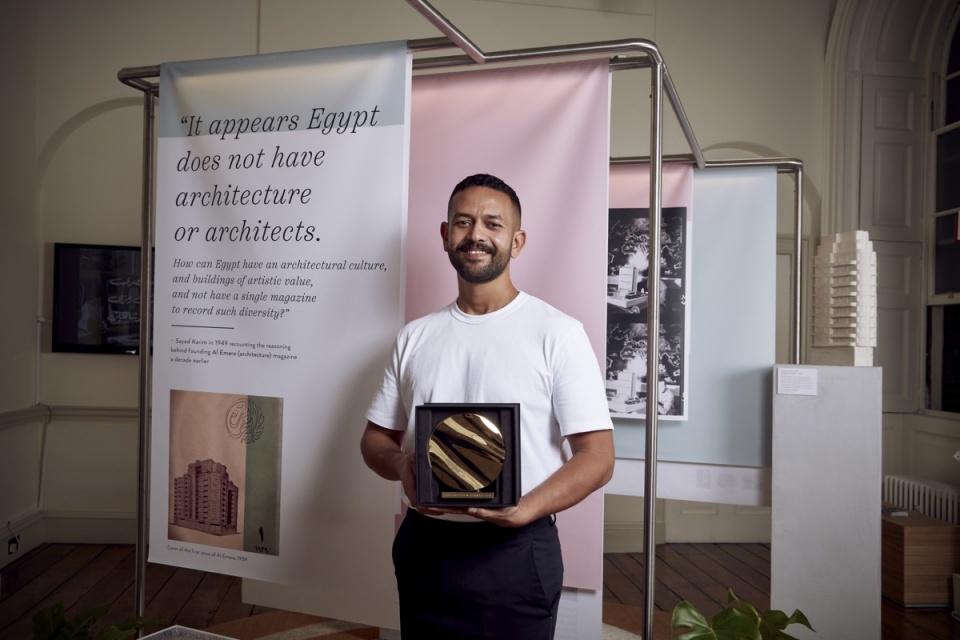The London Design Biennale, hosted from September 4 – 23 of 2018, represents an international exchange of ideas and ingenuity in design. With 39 countries and territories competing from all six human-populated continents, the biennale had a diverse array of exhibitions.
This year’s London Design Biennale Medal, awarded to the most outstanding overall contribution, was won by NJIT alumnus Mohamed Elshahed (Bachelor of Architecture ‘05). The 2018 theme was “Emotional States.”
“At its core, the Biennale is about how design can create emotions, play off emotions and learn from emotions,” said John Sorrell, president of the event, to the New York Times. “I want to make people think about the challenge that designers have to try and make things better, and how emotional response fits within this.”
This medal represents a win not only for NJIT, but also for Elshahed’s home country Egypt—this is the country’s first time participating in London’s biannual design competition. Elshahed’s piece, “Modernist Indignation”, provokes viewers to consider the erasure of Egyptian history in modern architecture. Despite focusing on Middle Eastern studies, which are generally not part of the cannon in modern architecture, Elshahed is the 2018 recipient of the biennale due to his powerful contribution to the design exposition and unique background.
Although Elshahed was born and currently resides in Egypt, he began his architectural journey at NJIT. After graduating in 2005, Elshahed matriculated at MIT for a Master of Science in Architecture Studies, which is “a two-year program of advanced study founded on research and inquiry in architecture as a discipline and as a practice”. He then pursued and completed his doctoral degree at the Middle Eastern and Islamic Studies Department at NYU.
Elshahed remains humble despite his considerable accomplishments, attributing much of his success to the knowledge he gained from NJIT professors. “Everything I do is informed by what I learned in Gabrielle’s class,” he said, referring to professor of architecture, Gabrielle Esperdy.
“[He is] trying to walk this interesting line between practitioner, designer, and curator,” Esperdy said, when asked about her former student. Unlike many architecture majors, Elshahed is unique in that he designs museum exhibits and writes books in order to fulfil the blind spots in his own culture, as opposed to designing buildings.
Just as Elshahed remembers and gives credence to certain instructors, he also stood out to some of his professors. When asked to recall what he was like as a student, Esperdy said, “I remember Mohamed clearly, one because we became friends after he graduated, but also because even when you are teaching a big lecture course, there are those students who you know are listening to what you are saying … Mohamed was one of those students.”
Reflecting on Elshahed’s achievements, Esperdy recalls key facets of his personality that predicted success from the time he was an undergrad student: “Mohamed was always a super engaged student who, from the beginning, understood something that still today students struggle to understand, which is he never had the assumption that what was taking place outside the studio was not fundamental to his architectural education.”







































